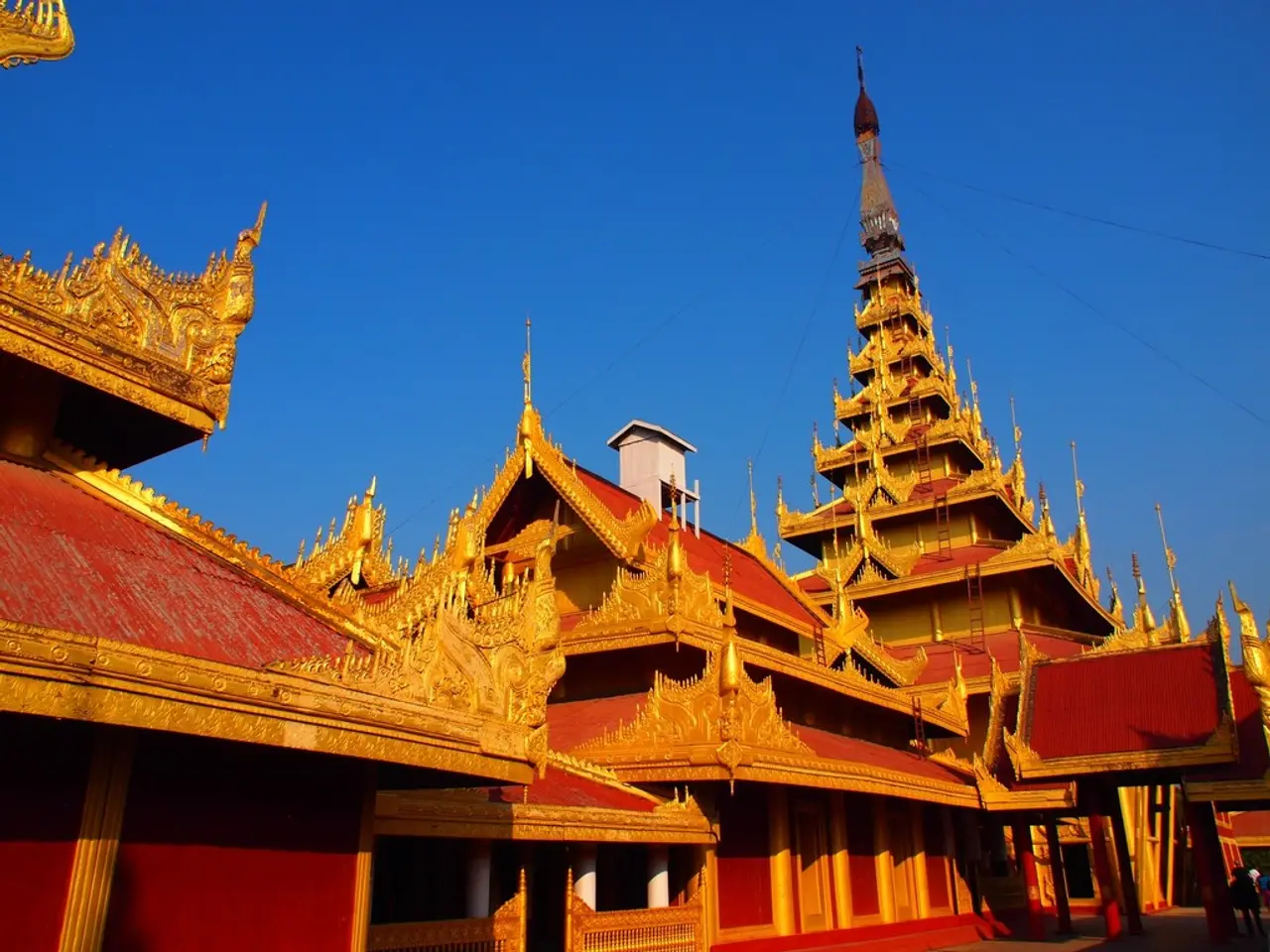Activities Worth Experiencing in Vietnam, Depending on the Month
Exploring Vietnam, a land of breathtaking landscapes, rich culture, and vibrant cities, can be an unforgettable experience. To help you plan your trip, we've put together a guide that highlights the best times to visit each region, the weather and activities available, and key events not to be missed.
Northern Vietnam, home to Hanoi, Sapa, and Ha Long Bay, is ideal for travel between September to November and March to April. During these months, the weather is cooler and drier, perfect for trekking the rice fields in Sapa and cruising in Ha Long Bay. The spring months provide a good chance to explore cultural sites without heavy crowds, while the Tet (Vietnamese New Year) in February offers a festive atmosphere, albeit requiring early booking.
Central Vietnam, including Hue, Hoi An, and Da Nang, is best visited from February to August. The weather is warm and mostly dry, making it perfect for beach activities in Hoi An and Nha Trang, cultural exploration in Hue, and motorbiking through scenic routes like the Hai Van Pass. The Hoi An Lantern Festival, held monthly on the 14th day of the lunar calendar, offers a magical experience with thousands of lanterns floating on the river.
Southern Vietnam, with Ho Chi Minh City, the Mekong Delta, and Phu Quoc island, is best visited during December to April, the dry season. This period is ideal for exploring the vibrant city life, island beaches, and riverine landscapes. The dry season is also perfect for floating market visits and river tours in the Mekong Delta.
For overall best months covering most regions, April–May and September–October are highlighted as golden months with decent weather across Vietnam, fewer tourists, and better travel deals.
Some key events not to be missed include the Ghost Festival, one of Vietnam's most intriguing festivals and viewed as the second most important (after Tet), taking place on 18th August 2024, 6th September 2025, and 27th August 2026. October is one of the best months for mountain trekking in Vietnam, with popular destinations including Sapa and the Ha Giang motorbike loop.
The Buddha's birthday festival in Hoi An is considered one of the biggest Buddhist festivals around the world, and the evening of the parade and street vendors offering vegetarian food is a lively spectacle not to be missed. Travelling during Tet can be complex due to many businesses closing and locals going home, but the six-day celebrations can offer a fascinating time to explore Vietnam.
Whether you're seeking adventure, culture, or relaxation, Vietnam offers a wealth of experiences. With this guide, we hope to help you plan a visit that suits your weather preferences and cultural interests. Happy travels!
- When exploring Northern Vietnam, consider visiting between September to November or March to April for cooler and drier weather, ideal for trekking the rice fields in Sapa and cruising in Ha Long Bay.
- For those interested in Central Vietnam, the best time to visit is from February to August, as the weather is warm and mostly dry, allowing for beach activities in Hoi An and Nha Trang, motorbiking through scenic routes, and attending the Hoi An Lantern Festival.
- Southern Vietnam is best explored during December to April, the dry season, offering vibrant city life, island beaches, and riverine landscapes, as well as floating market visits and river tours in the Mekong Delta. While traveling, don't miss key events such as the Ghost Festival and the Buddha's birthday festival in Hoi An.




